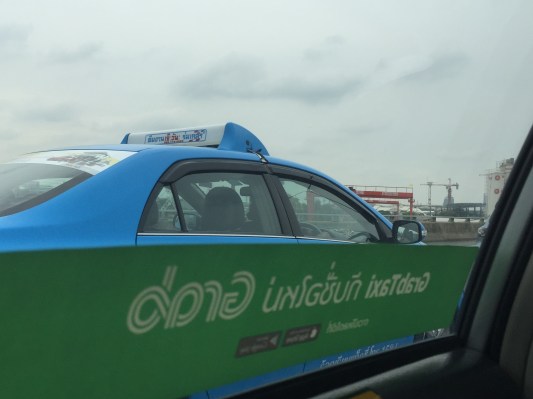Grab, the billion-dollar company rivaling Uber in Southeast Asia, just made a move to tap into Chinese tourism after it added support for Alipay, China’s largest digital payment service.
Grab only began accepting credit card and digital payments this year — it started out resolutely cash only — so it makes sense that it is now moving quickly to tap Alipay, particularly since Uber added Alipay worldwide in May. Visitors from China made Southeast Asia the world’s fastest growing tourism region, as Skift recent reported, and Grab’s move mirrors the efforts of Alibaba and other Chinese consumer companies who want to follow the money into Southeast Asia.
The addition of Alipay is unlikely to make a huge impact on Grab’s business initially, however, since the app is very much localized in each of its six countries in Southeast Asia. That’s to say that it is difficult to use in Thailand, where I am based, for example, unless you are able converse with a driver in Thai or luck out and get a driver who speaks basic English.
That’s a huge roadblock for Chinese tourists, particularly when Uber sells itself as an easy international option.
However, as part of its alliance with Ola, Lyft and Didi Chuxing, Grab is working to link its service with that of Didi. The company already supports ‘roaming’ to the U.S. with Lyft, and once it has a similar arrangement with Didi — which will include in-app translation — then the service and Alipay support will have a lot more potential for Chinese travelers. We understand that an integration between Didi and Grab is expected before the end of this year.
Grab, which has raised over $650 million from investors including SoftBank and Didi, is initially making Alipay available for users in Singapore and Thailand, two hugely popular destinations for Chinese tourists, but it plans to expand it across its other markets.
